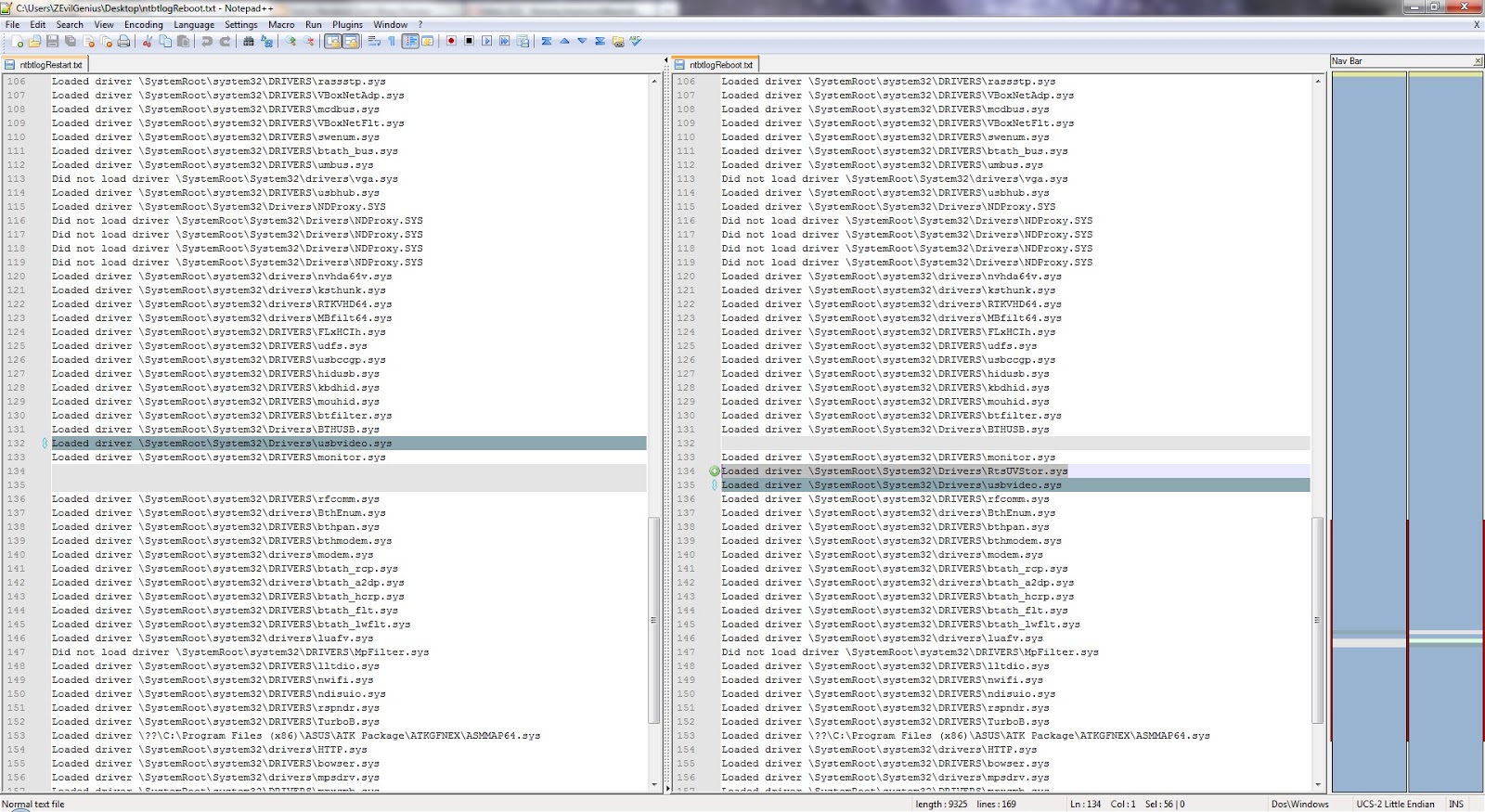The problem:
Once installed and the old drives cloned to the new drives, I noticed that my cold boot times were very long, well over a minute was spent on a black screen just after the Windows Logo screen and prior to the Login screen. However, a restart was quick and snappy, bringing me to my desktop (after taking the time to enter my password) in under 25 seconds, probably less if I was carefully timing it.
For convenience, I posted my system specs below:
| ||||||||||||||||
| |||||||||||||||||||
| |||||||||||||||||||||||||
Naturally, I scoured the internet for a resolution, but none could be found. I read through forums, blogs, manufacturers' web sites, etc. Everything was mentioned from reinstalling the OS, the drives were defective, don't clone the drives, turn off everything you don't need, update drivers, and so on. In some cases, the advice (update drivers) rendered my system unbootable and unrepairable and I had to reimage the drive.
I knew one thing for sure, restarts were faster than cold boots. Why?
This led me to use msconfig.exe to set the boot log and start comparing what was loaded for a cold boot versus a restart. Checking the box for Boot Log creates a log file called ntbtlog.txt in the C:\Windows directory. Since the file doesn't always exist, I removed the existing one and let it create a new one for a cold boot, then moved that file to the desktop and renamed it. Then I did a restart and copied that file afterwards.
It might be hard to see, but this is a program I like to use for just such things. It's called Notepad++ and my favorite aspect of this program is the ability to compare two documents and point out the changes. In this case, on the far right you see that most everything is Blue, indicating that it all matches. What you are looking for are the lines of different color which I'm showing above. Here there is one new line in green with a '+' next to it. In both panes is a line with up and down arrows, indicating that the line exists in both documents, but in different order. The green line is the important one as that is the ONLY line that is different between a cold boot and a restart.
This line reads:
Loaded driver \SystemRoot\System32\Drivers\RtsUVStor.sys
Again, I thought the internet could help me with this file, but alas, Google kept suggesting a different file name as none like this could be found. At least, nothing with any significance. There were a number of websites where others had posted their log files with no particular emphasis on that one file.
So, without any additional guidance and knowing only that this one file was different and apparently not required for a restart, I saved a backup of the file on my desktop and removed it from the Drivers folder.
Voila! Now my cold boot is as quick as my restart. Now, I have no idea what that file does, but since a restart didn't need it, neither do I. :-)
So, for anyone else having issues with cold boot being much much longer than a restart, use the log file to help you see the difference, check with the internet as to what those files are and if they are needed. Remember, you are always taking a risk by listening to what others say and I know that removing this file could have rendered my system useless, again. I wasn't concerned this time because I had a full backup, but you should always do the same before removing system files. Of course, you should be fairly comfortable with restoring and repairing Windows in the event of a failure. You can expect that I must issue the disclaimer that I cannot be held responsible for any damage or loss of data caused by advice I've provided that you wish to follow.
For anyone that needs to know about changing out hard drives, there's many sites to explain how to do it. I used two pieces of software to make my life easier. They are both produced by the same company and both completely free for non-commercial use.
EaseUS Disk Copy Freeware
EaseUS Partition Master
The first utility allows for the cloning of drives. I used it to make a bootable flash drive which is necessary to clone the C: drive. Once cloned and the new drives installed, I used the second to resize the partitions because the clone is an exact copy and I wanted to use the remaining disk space for my two drives. It's that simple!
[UPDATE] I discovered the purpose of that file I removed and, most importantly, why booting is so slow with it. RtsUVStor.sys is the Realtek USB 2.0 Media Card Reader Driver. I happened to notice that in Device Manager it was no longer functioning. So, I uninstalled it, scanned for new hardware, and when it reinstalled the hardware the RtsUVStor.sys file was restored. So, I left it there and rebooted. Once again, everything was very slow to start. However, since I knew that I had an empty Micro SD adapter card in that slot, I removed the card and shut down again. Upon start up, no problem, fast as ever. It seems that it was trying to mount and read the card before launching into Windows. In any case, I can leave things as they used to be and just remember not to keep the card in the slot.

